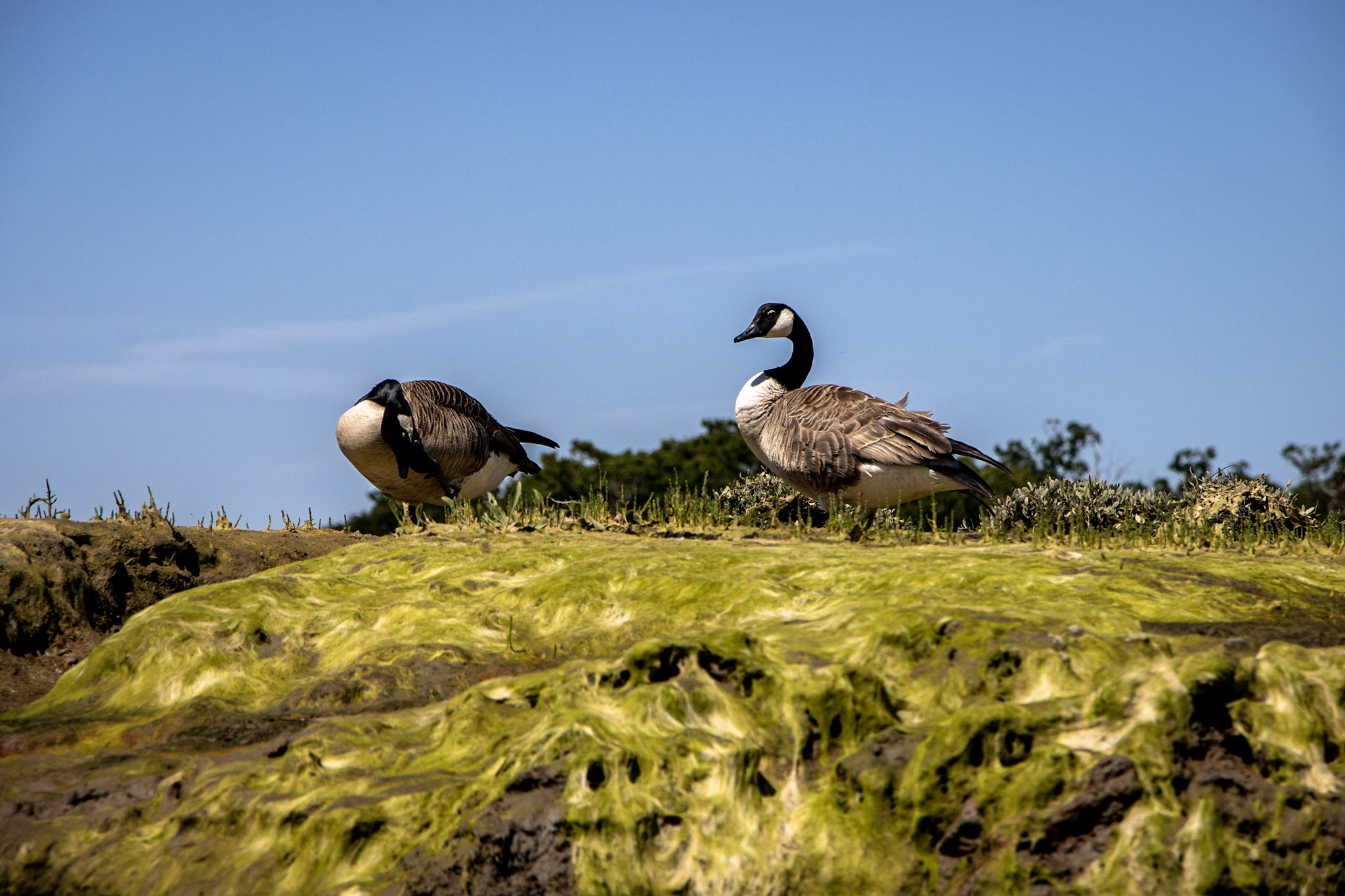Wildlife Watching in the New Forest – Best Times & Places to Spot Birds, Deer & More
14 June 2025
.jpg?tx=f_auto,q_auto)
Your Wildlife Spotting Adventure Starts Here – What to Look For and When
Nestled in the heart of southern England, the New Forest National Park is a haven for wildlife lovers and nature watchers alike. With its ancient woodlands, open heathlands, and tranquil glades, it’s one of the UK’s top destinations for bird watching, deer spotting, and unforgettable wildlife encounters.
Whether you’re tracking elusive birds, gazing at free-roaming ponies, or quietly observing deer at dusk, there’s always something magical to discover – all year round.
Let’s explore what you can see – and when – for the ultimate wildlife experience in the New Forest.

Bird Watching in the New Forest
The New Forest is one of the UK’s premier bird watching destinations, with a mix of woodland, heathland, and open glades attracting both rare and common species. Here are some top birds to spot throughout the year:
1. Lesser Spotted Woodpecker
About: Britain’s smallest and increasingly rare woodpecker, famous for its drumming sound.
Best time to see: March–April (breeding season).
Where to look: Mature oak woodland near Bolderwood and Mark Ash Wood.
2. Hawfinch
About: A chunky, shy finch with a powerful bill.
Best time to see: January–April.
Where to look: Ancient parkland and woodland such as Rhinefield Ornamental Drive.
3. Firecrest
About: One of the UK’s smallest birds, with a striking golden crown.
Best time to see: All year, especially spring and summer.
Where to look: Dense coniferous woodland like Blackwater Arboretum.
4. Marsh Tit
About: Energetic woodland bird with a glossy black cap.
Best time to see: Autumn and winter.
Where to look: Deciduous woodland near Beaulieu and Brockenhurst.
5. Redstart
About: Summer visitor with a red tail and beautiful song.
Best time to see: April to August.
Where to look: Woodland edges and glades such as Acres Down or Woodgreen.
6. Spotted Flycatcher
About: Agile summer birds, often seen catching insects mid-air.
Best time to see: May to September.
Where to look: Churchyards, gardens, and forest clearings near Lyndhurst and Burley.
7. Honey Buzzard
About: A rare bird of prey feeding on wasps, with elegant soaring flight.
Best time to see: Late May to September.
Where to look: Raptor viewing points like Acres Down on calm mornings.
8. Goshawk
About: The elusive “phantom of the forest,” known for fast flight through trees.
Best time to see: February to April (during courtship displays).
Where to look: Mixed woodland with a high canopy – try Watchmoor or Millyford Bridge.
9. Hobby
About: Falcon-like aerial hunters often seen chasing dragonflies.
Best time to see: May to September.
Where to look: Open heathlands and woodland edges like Ober Heath.
.jpg?updated=1749891199728)
Ponies, Donkeys & Deer: New Forest Mammal Magic
Wildlife watching in the New Forest wouldn’t be complete without encountering its famous free-roaming mammals. These animals are an essential part of the forest’s ecosystem and heritage.
🐴 New Forest Ponies & Donkeys
Over 5,000 semi-wild ponies graze freely across the forest, along with curious and gentle donkeys.
Best time to see: All year round – but spring and summer are extra special when foals appear.
Where to look: Near villages like Brockenhurst, Beaulieu, and Lyndhurst.
🦌 Five Species of Deer
The New Forest is one of the best places in the UK for deer watching. The species include:
Fallow Deer – Most common, often seen in groups.
Roe Deer – Smaller, solitary, and dainty.
Red Deer – Largest species, dramatic rutting in autumn.
Sika Deer – Shy, usually found in wetter areas.
Muntjac – Small, barking deer, most active at dawn and dusk.
Best time to see: October for the fallow and red deer rut.
Where to look: Bolderwood Deer Sanctuary (viewing platforms and ranger feeds).
Respecting Wildlife: Follow the New Forest Code
To help protect this delicate ecosystem, the New Forest National Park Authority encourages all visitors to follow these simple guidelines:
🚫 Don’t feed or touch ponies or donkeys – it can cause illness and alter natural behaviours.
🐕 Keep dogs under control, especially around livestock and ground-nesting birds (March–July).
🌱 Stick to marked paths to avoid damaging sensitive habitats.
🗑 Take your litter home – even natural food waste can harm animals.
🚗 Drive carefully – wildlife has right of way.
By following the New Forest Code, you’re helping protect this special place for generations to come.
Final Thoughts: When to Visit for the Best Wildlife Experiences
Wildlife watching in the New Forest is a magical, ever-changing experience. Whether you’re admiring soaring honey buzzards in summer or listening for the bellow of a red deer stag in autumn, the forest promises unforgettable moments every season.
So bring your binoculars, your curiosity, and most importantly – your respect for the wild.
.jpg?updated=1749891199728)
👣 Ready to Explore?
Looking to combine wildlife watching with an outdoor adventure? Join one of our guided canoe tours, family nature days, or wildlife walks to make the most of your time in the New Forest.
🗓️ Book your next nature experience today and reconnect with the wild.
